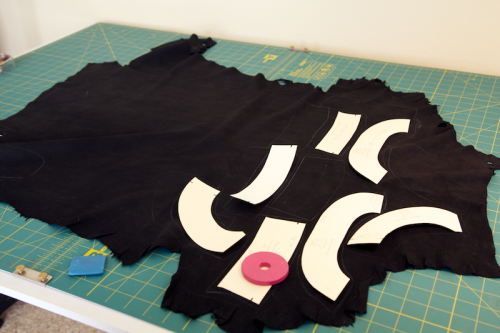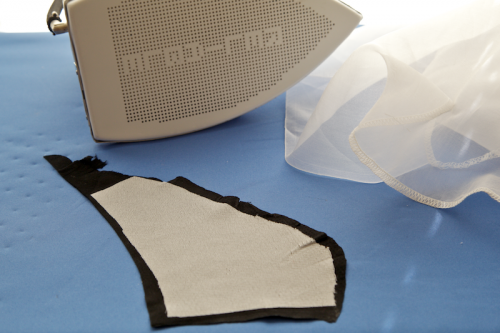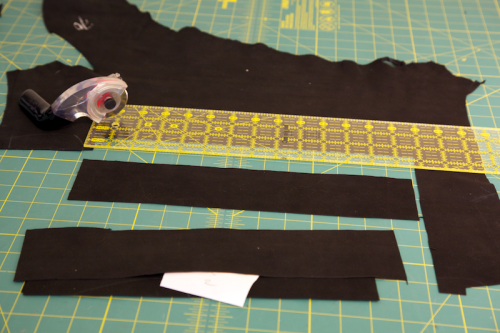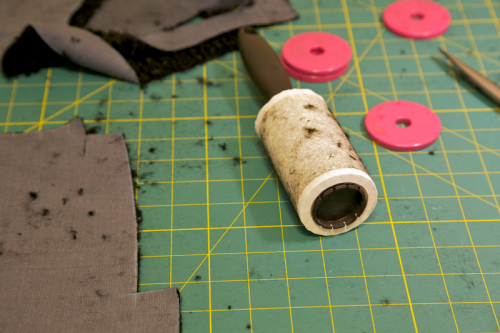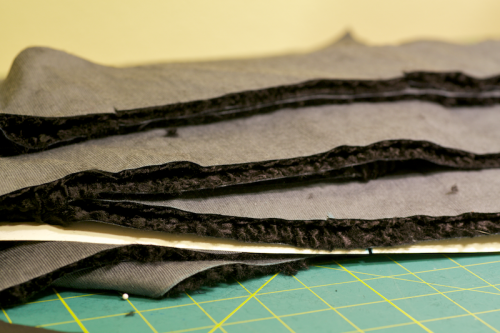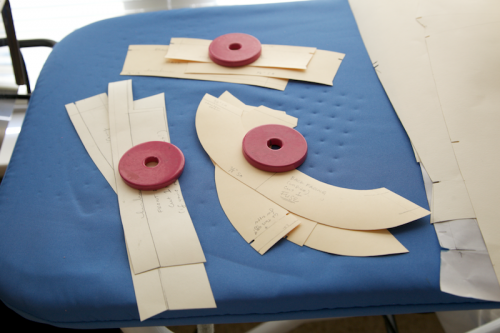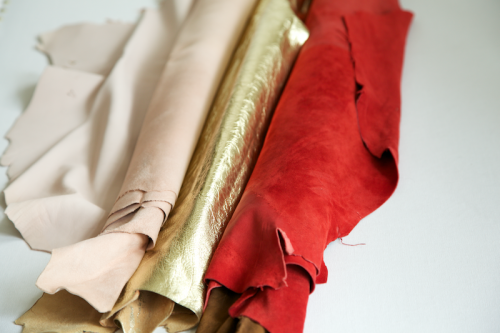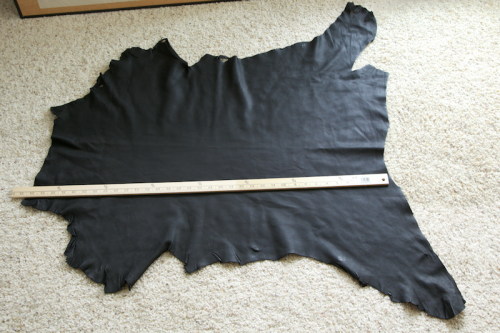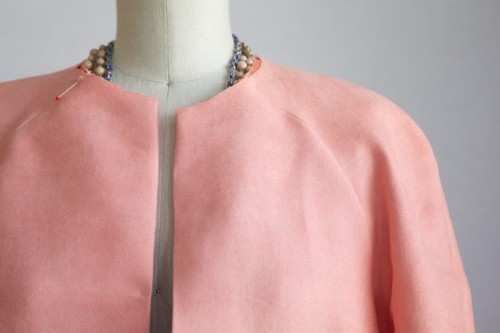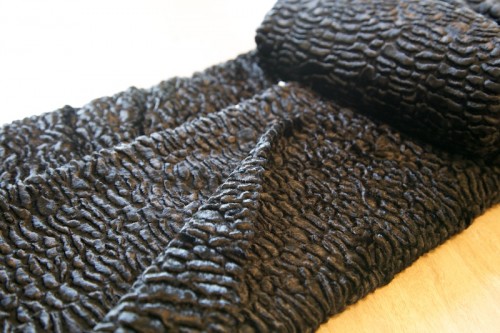When the forsythia blooms, you know spring is coming. (And an old wise gardener taught me that’s when to prune roses in the south.)
I love these vines. They look very bramble-y climbing all over trees the rest of the year, but are the pride of the south in February. Such a glowing yellow yellow yellow. So I had to break up these posts in black with some color, right? Because I know we are all dreaming of our spring palettes now.
As promised, I wanted to share some tidbits about leather cutting and fusing. There’s a nifty post here about the layout of a hide and how to determine nap–which is kind of like learning the grainline on fabric. You’ll also see which parts are stronger and weaker.
I tried to lay all my facing pieces with the grain going the same direction and still get the most out of the “good” leather. Whatever was left would be cut into strips to piece together for trim. Once I got the general layout of the facings, I loosely traced around the section they’d be cut from so I could block fuse the entire area. My leather is thin and almost as stretchy as stretch denim, so the facings definitely needed some reinforcement.
In case you’re wondering, it’s possible to fuse to leather! I cut off one of the, erm, legs which wouldn’t have been usable to test out my interfacing.
So far, here’s what I’ve learned about fusing leather:
- If possible use an interfacing that doesn’t require gobs of steam to adhere or melt the glue. It seems like leather can take a lot of heat–I tried everything from the coolest to the wool setting–but lots of steam could possibly damage or dry out the leather (ask how I know!). In my test above, I didn’t use any steam at all, just a dry iron, and it fused perfectly! The ticket is a cool-fuse interfacing (this is the stuff I used), and if your interfacing requires some steam, try using a damp press cloth or misting a small amount from a water bottle.
- Use a press cloth or teflon shoe. Just in case. I never knew about using press cloths until a couple of years ago, but they really helped in preventing those “shiny” marks on fabrics, which are basically scorch marks. I mostly just use the shoe now, which I think I found for under $20. (It was definitely a good investment as I haven’t scorched fabric since… these are nothing like the coating on the bottom of most irons.) Leather can be ironed. Seriously. This stuff is tough!
After block-fusing the whole facing-pieces area, I traced and cut. It helps to have a pattern stiffer than tissue paper in order to trace off the pieces. I like doing this on most of my patterns but it’s pretty much a necessity with leather since pinning tissue is out of the question. (Alternatively, you could weigh down a pattern and use a rotary cutter.)
The last thing I did was cut out all the strips that I’m piecing together for the trims from the remaining leather. I just used a ruler and rotary cutter for these:
That’s all for today… off to prune and tie up roses with my dear Valentine. That’s kinda romantic, right? (Except for all the thorn cuts!)


